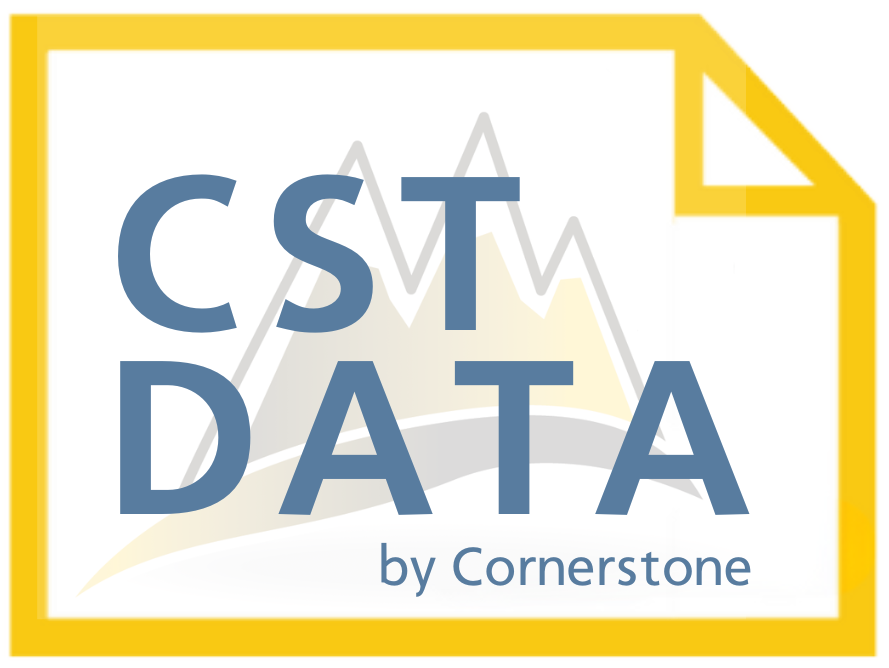Why & How Scaling Existing Products is Profitable
When it comes time to expand and grow, companies often rush to create new products and in doing so inflate their overhead. But in order to stay in business, doubling or tripling costs means you must also double or triple your profits. If you don't it could send everything into a tailspin.
Think of it this way: if your business is like an airplane, your products are your wings. They need to be strong and stable to support your overhead, or the body of your airplane. If not, your business will crash!
Your businesses “wings” or products need to be big enough to support its “body” or overhead expenses.
The solution is to scale products you already have. Instead of expanding your entire organization to cover for inflated R&D costs, there is often room to expand current product offerings which will not double your expenses. Instead of adding a ton of seats to your plane, build bigger wings so you can fly to a variety of luxurious (and pricey) destinations. I’ve broken this process down into 3 actionable steps below.
Step 1: Take Inventory
Take a look at your current offerings. Ask yourself if there is anything you are currently doing or creating internally or externally that could be sold without adding extra work or expenses.
For example, if you are already creating a custom automation software for a CFO to pull data from paper invoices and plug it into his accounting software why not sell that product to other businesses? That is an enormous value your company can provide to customers for little extra effort or expense (check the P.S. for more info).
A Sherpa helping an expedition successfully get to Everest’s summit.
Step 2: Transform
After you have identified a scalable opportunity, the next thing to do is transform that product into a brand. You want it to become a big deal so you can offer brand value to buyers and at zero added cost. This will make your product or service unique and unable to be fully replicated because you will be selling more than the service.
A copyrighted brand offers transformation instead of just a flat service. This avoids cutthroat, price-based competition and can actually bring freedom to your pricing.
Step 3: Talk to Your Neighbors
Scale is where you will make the most money and it is the culmination of your work up to this point.
How you scale here is by taking your branded product and licensing it to other businesses that look like yours. If it was useful to you and you made money off it, then other people can too.
Going back to our automation tool example, the idea would be to first create a name. Let’s call it DocumentSherpa. Now, you and your team do all the necessary work to get your product off the ground and running for your client. You also create a lead generator, sales funnel, sales process, website, etc to support the product.
With your new product and the collateral you created in hand, you can now sell licensing opportunities to other scanning companies and give them everything they need to sell DocumentSherpa to their customers. Both parties grow their business and profits.
To grow your product without growing expenses find businesses that look like yours
Final Thought
The power of this framework is it’s ability to create a passive revenue stream where you are training other companies and supporting them with marketing collateral they need to sell your product. The secret that unlocks triple the profit without tripling your expenses is that for no added selling cost you can deliver an enormous value because you only need to create marketing collateral and brand once to sell it 100’s of times. They win, you win, and the customers receive more value.
P.S. The automation tool we used in the example above is available now! Click here to read about it - Josh from Document Mountain.



